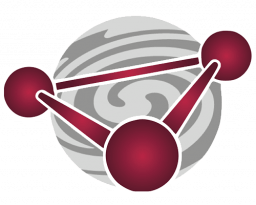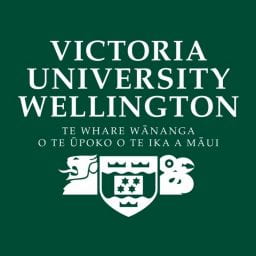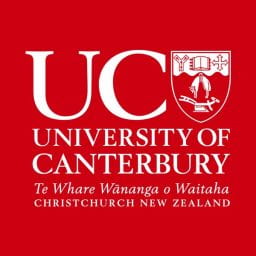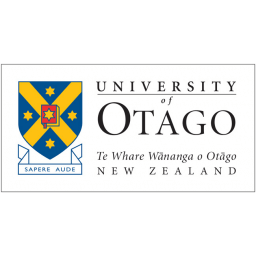We are The New Zealand Astrostatistics and General Relativity Working Group, an inter-institutional and cross-disciplinary association of astrophysicists and data scientists that share a general interest in gravitational waves. Our group is a member of the International LISA Consortium led by the European Space Agency.
Latest Articles and Announcements
- [Outreach] A human history of looking up: from stargazing to space lasers
- [Outreach] Studying Stars and Elements with Optics at Kaurilands Primary School
- [Outreach] Stars, astrophysics, and LISA at Western Springs College
- Gravity Workshop (UoO, November 4-5 2025)
- MaxEnt Conference 2025 (UoA, December 2025)
- Gravity Workshop (UoA, April 2025)
LISA and Gravitational Waves
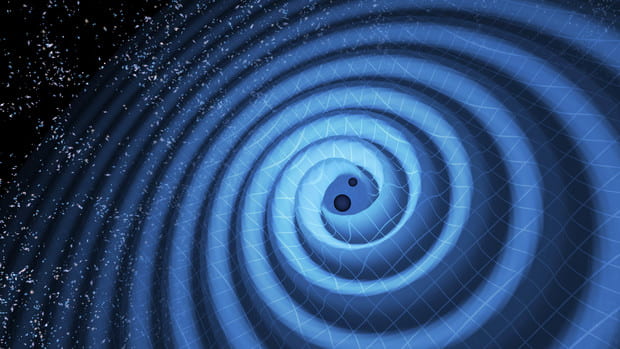
Credit: LIGO/T. Pyle
The detection of gravitational waves on September 14, 2015, by the ground-based the Laser Interferometer Gravitational-Wave Observatory (LIGO) was a landmark moment for science, a testament to both theoretical physics and experimental physics, and marked the start of the new field of gravitational-wave astronomy. These “ripples” in the curvature of spacetime caused by accelerating massive objects were first predicted by Albert Einstein in 1916, but it took the technological heft and spectacular performance of LIGO to confirm their existence.
Since the first detection of a binary black hole merger, many more black hole and neutron star mergers have since been detected by LIGO. The spectacular observation of the first neutron star merger in 2017 gave birth to the new era of multi-messenger astronomy. However, the low-frequency window below one Hertz, where signals from the heaviest and most diverse objects are expected, will not be accessible from the ground.
The ESA space-based GW detector LISA to be launched in 2034, will be the first observatory in space to explore the Gravitational Universe. It will gather revolutionary information about the dark universe in a joint effort of eight European countries and the US. Opening a gravitational window on the Universe in the low-frequency regime with the space-based detector LISA will let us go further than any alternative towards the detection of a primordial GW background, the remnant of the Big Bang. Detecting a stochastic GW background can provide information about processes in the very early Universe which are inaccessible by any other means.
Electromagnetic radiation cannot provide a picture of the Universe any earlier than 400,000 years after the Big Bang. GWs, on the other hand, can give us information all the way back to the onset of inflation, a mere 10-32 seconds after the Big Bang.

Credit: University of Florida / Simon Barke (CC BY 4.0)

Credit: ESA
The successful LISA Pathfinder mission, completed in July 2017, exceeded the requirements for key LISA technologies. GWs from stellar-mass systems that should be observable within this spectrum include the final coalescence of compact binary star systems, the merging of supermassive black holes at the centre of massive galaxies, the formation of neutron stars and black holes in supernova events, the rotation of single nonaxisymmetric stars, and the stochastic background produced from the integrated effects of many weak periodic sources in our Galaxy, burst sources at very large distances, and the cosmological processes in the early universe.
Research of Gravity New Zealand is funded by the Royal Society of New Zealand through the Marsden Fund, and James Cook Fellowship, and a partnership between the University of Auckland, Auckland University of Technology, Victoria University of Wellington, the University of Canterbury and Otago University.
